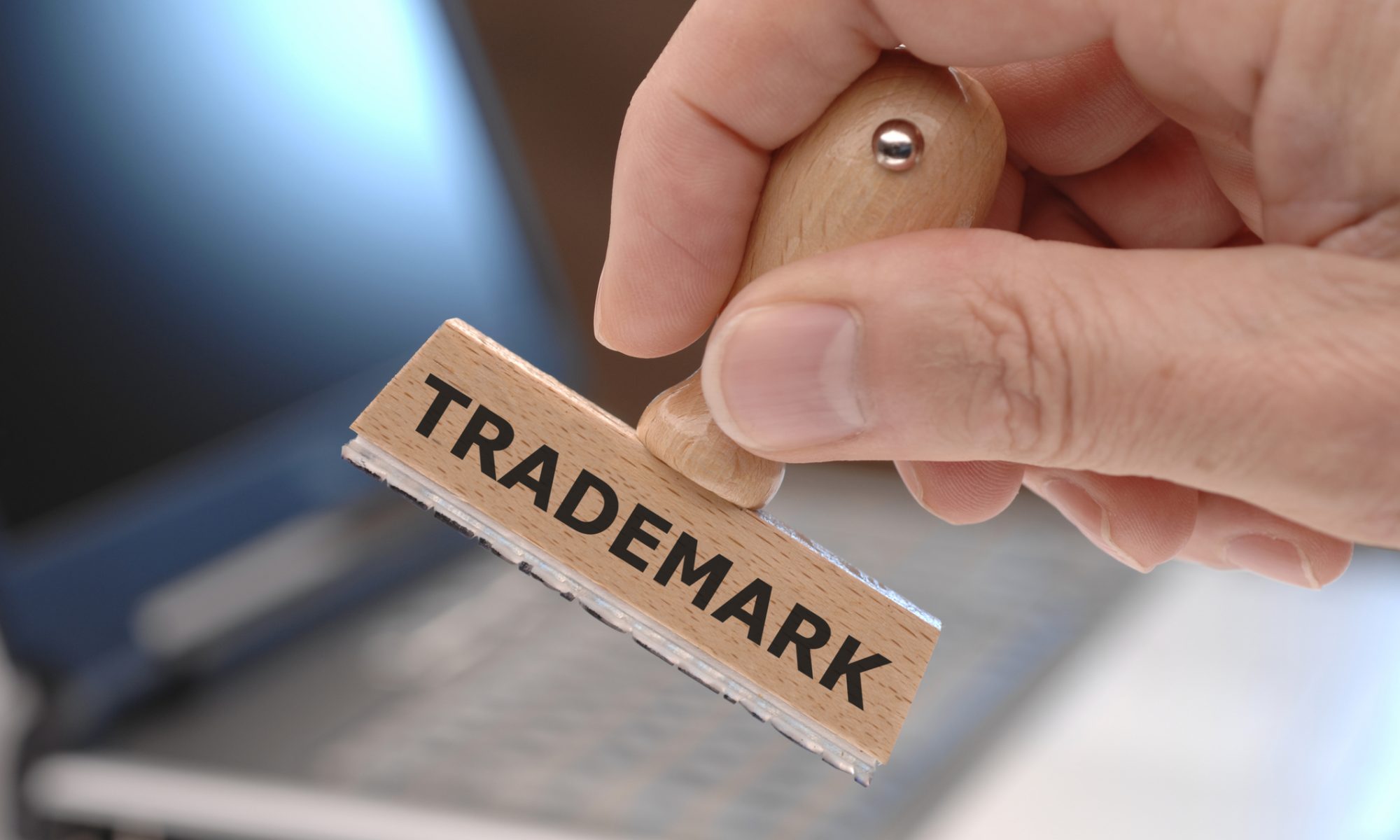A capital asset is an item a business owns for investment purposes; an investment that is anticipated to generate some kind of value over a specified period of time. It’s owned for its role in contributing to the business’s ability to generate profit. When you sell it, you earn a capital gain or a capital loss, depending on the price. Gains are taxed at a special rate and losses can be used to reduce the amount that is taxed.
Capital assets have the following characteristics:
- The asset has an expected useful life of greater than one year.
- The acquisition cost of the asset exceeds some predetermined company minimum amount, known as a capitalization limit.
- The asset is not anticipated to be sold as part of normal business operations.
- The asset is not easily convertible to cash.
- The asset is recorded on the balance sheet and expensed over its useful life through a process called depreciation.
- The asset is expensed over the course of its useful life helping to match the cost of the asset with the revenue it generated over the same time period
Kinds of capital assets:
There are two main categories of capital business assets.
- Tangible capital assets are physical and have a finite monetary value. They include cash, inventory, vehicles, equipment, buildings and investments.
- Intangible capital assets do not exist in physical form and include things such as accounts receivable, prepaid expenses, patents, copyright, franchises, trademarks, trade names and goodwill. An intangible asset is difficult to evaluate.
Is there a set cost at which an item becomes a capital asset?
There is no fixed cost at which an item becomes a capital asset rather than a consumable item. It depends on the size of your business. A computer might be a capital asset in a very small business but would be a consumable item in a large company. However, items like batteries, cables and memory sticks are always consumables. If you’re not sure whether an item is a capital asset, speak to your accountant.
Depreciation of capital assets:
A capital asset’s value is spread across the time it takes to be used in your business (it’s useful life). A proportion of the asset’s value is shown as a day-to-day running cost for each year it’s useful. This is referred to as depreciation for a tangible asset or amortization for an intangible asset. The cost must be written off over more than one year. At the end of each year, you subtract all depreciation claimed to date from the cost of the asset, to arrive at the asset’s book value, equal to its market value. At the end of the asset’s useful life for the business, any non-depreciated portion represents the salvage value for which the asset could be sold or scrapped. Accountants use a variety of conventions to approximate and standardize the depreciation process.
Ideally, your business assets will store and increase wealth, increase income and/or reduce expenses. Selling an asset results in a capital gain or capital loss. If you need more information and or understanding regarding your company’s capital assets, talk to your accountant. They have the knowledge, experience and skills to help you with your business needs.
Need information regarding capital assets and your company? Looking for business advice? Contact Cook and Company Chartered Professional Accountants. We are based out of Calgary, Alberta, serving clients across Canada and the United States. We provide high-quality tax, assurance and succession planning services for a wide variety of privately-owned and managed companies. Contact us for a complimentary consultation.
References:



